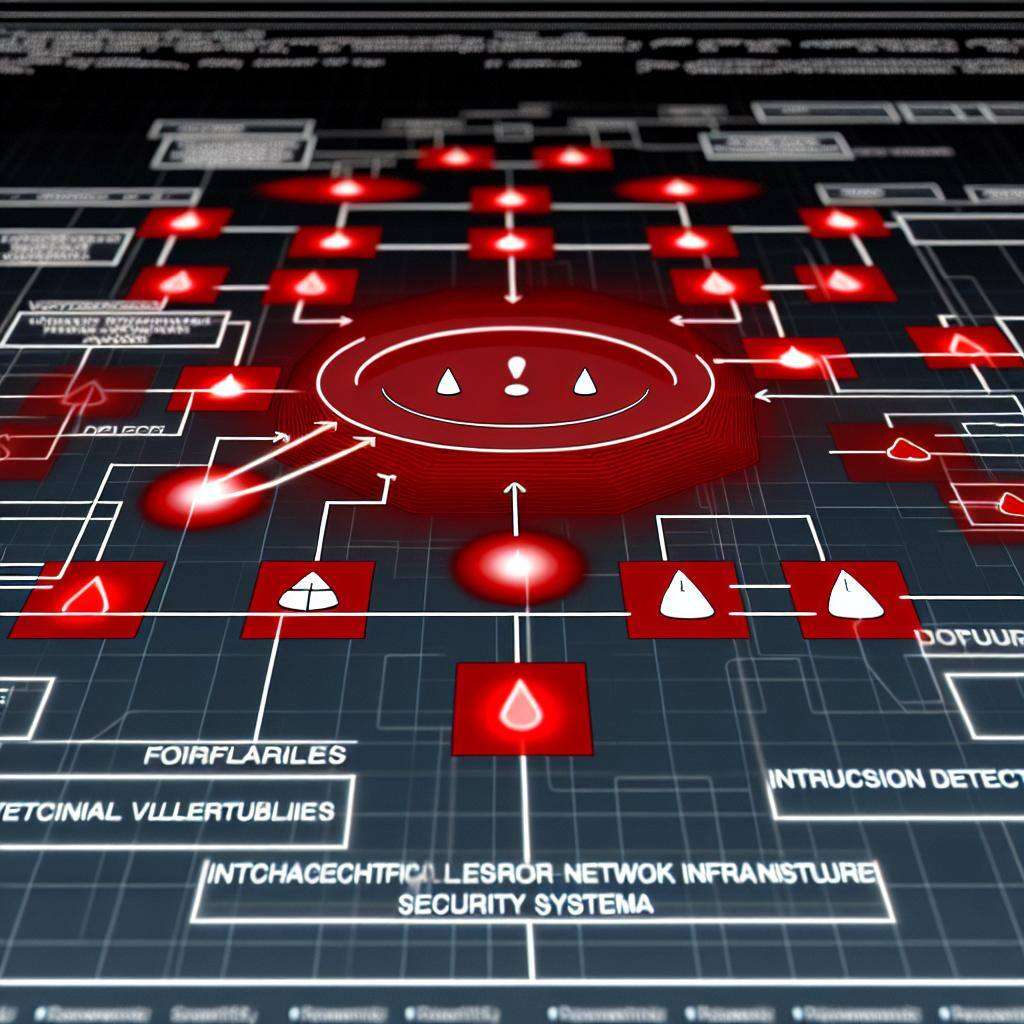Understanding the Landscape of Network Infrastructure Vulnerabilities
Security of network infrastructures have never been more critical. As organizations increasingly rely on digital platforms to conduct their operations, the complexity and sophistication of cyber threats continue to evolve at an alarming rate. Network infrastructure vulnerabilities can serve as gateways for cybercriminals to gain unauthorized access, leading to data breaches, financial losses, and damage to reputation. Thus, understanding the landscape of these vulnerabilities is the first step in fortifying your defenses against potential cyber threats.
The Critical Role of Penetration Testing in Infrastructure Security
Penetration testing emerges as a cornerstone in identifying and addressing vulnerabilities within network infrastructures. This rigorous assessment goes beyond mere theoretical analysis, employing real-world attack simulations to uncover potential weaknesses in the system’s defenses. By mimicking the tactics and strategies of cyber adversaries, penetration testing provides an in-depth understanding of how an attacker could exploit network vulnerabilities, offering invaluable insights into the resilience of your security measures.
External vs. Internal Penetration Testing: A Dual Approach
To construct a comprehensive security posture, it’s essential to adopt a dual approach encompassing both external and internal penetration testing. External assessments focus on the vulnerabilities that can be exploited from outside the organization, such as those in web applications, websites, and external network services. Conversely, internal penetration tests delve into the risks posed by insiders or attackers who have bypassed the initial layers of defense, aiming to uncover weaknesses within the internal network that could facilitate lateral movement or escalation of privileges.
Unpacking the Systematic Threat Evaluation Methodology for Robust Defense
Adopting a systematic approach towards evaluating and mitigating threats is crucial in developing a robust defense mechanism. The Systematic Threat Evaluation Methodology (STEM) offers a structured framework that encompasses planning, research, vulnerability identification, exploitation, reporting, and remediation. This comprehensive methodology ensures that every potential threat vector is thoroughly examined and addressed, minimizing the risk of oversight and enhancing the overall security of the network infrastructure.
Adopting a Multi-Layered Security Strategy to Combat Sophisticated Threats
In the face of increasingly sophisticated cyber threats, relying on a single line of defense is no longer sufficient. A multi-layered security strategy integrates various defensive mechanisms at different levels within the network infrastructure, creating a series of obstacles that an attacker must overcome. This approach not only provides redundancy in the event of a security control failure but also allows for the detection and mitigation of threats at different stages of the attack chain, significantly enhancing the organization’s ability to protect its critical assets.
From Identification to Remediation: Closing the Loop on Security Vulnerabilities
The final and perhaps most crucial phase in elevating your infrastructure security game is closing the loop on identified security vulnerabilities. This involves not just pinpointing weaknesses but also systematically addressing them through remediation efforts. Prioritizing vulnerabilities based on the risk they pose to the organization enables efficient allocation of resources towards mitigating the most critical threats first. Furthermore, continuous monitoring and regular reassessment of the security posture are essential in adapting to new threats and vulnerabilities that emerge over time, ensuring that the network infrastructure remains resilient against potential cyber attacks.
In conclusion, safeguarding network infrastructure against cyber threats requires a proactive, comprehensive approach. By understanding the landscape of vulnerabilities, employing rigorous penetration testing, adopting a dual approach to internal and external assessments, implementing a systematic threat evaluation methodology, embracing a multi-layered security strategy, and diligently closing the loop on identified vulnerabilities, organizations can significantly elevate their infrastructure security game. In doing so, they not only protect their critical assets but also maintain the trust of their customers and stakeholders, ensuring their long-term success in the digital world.




